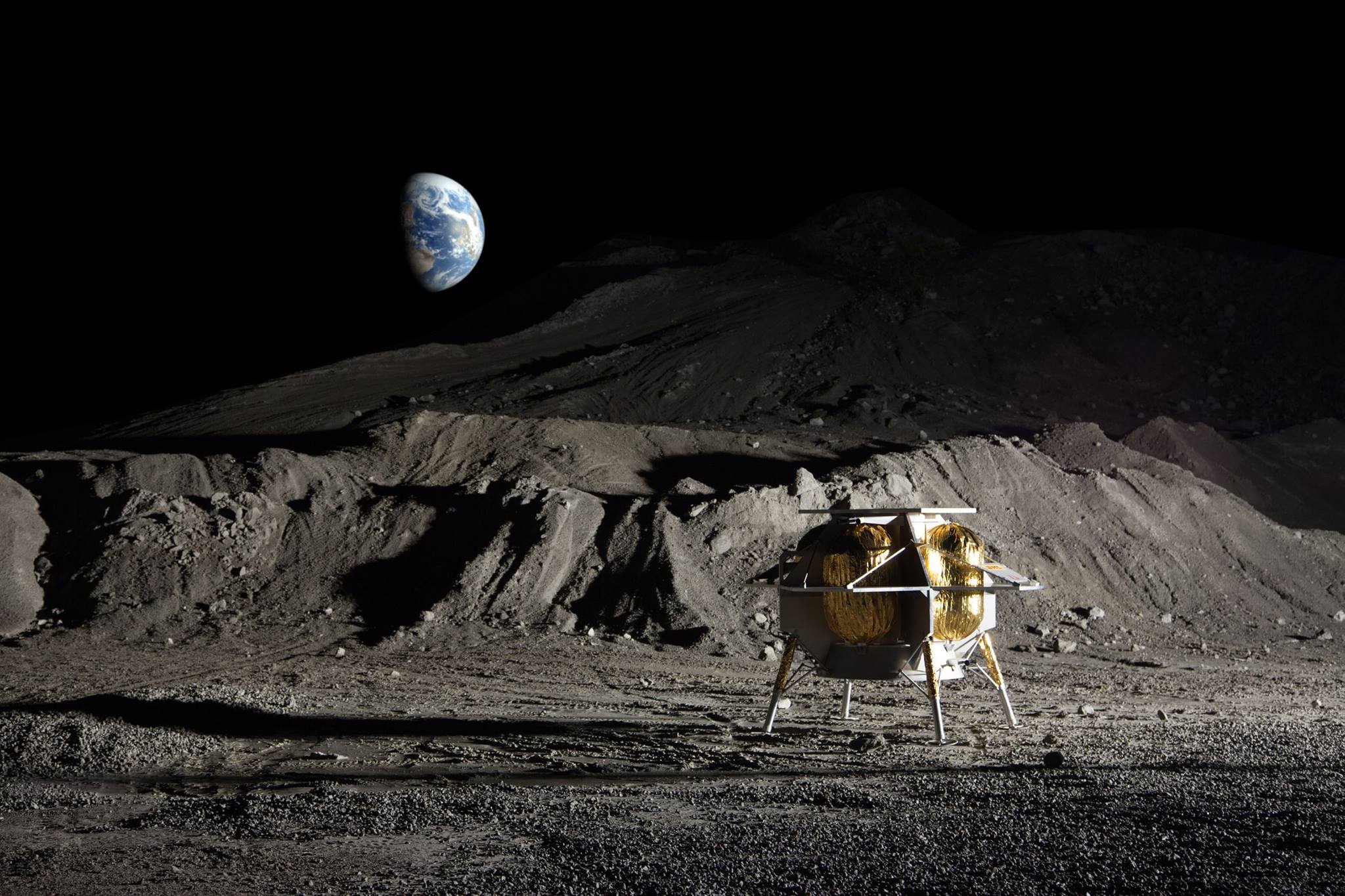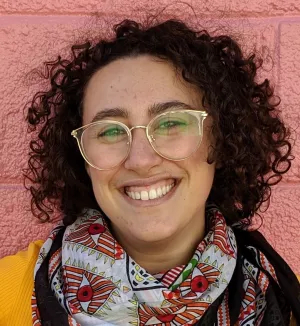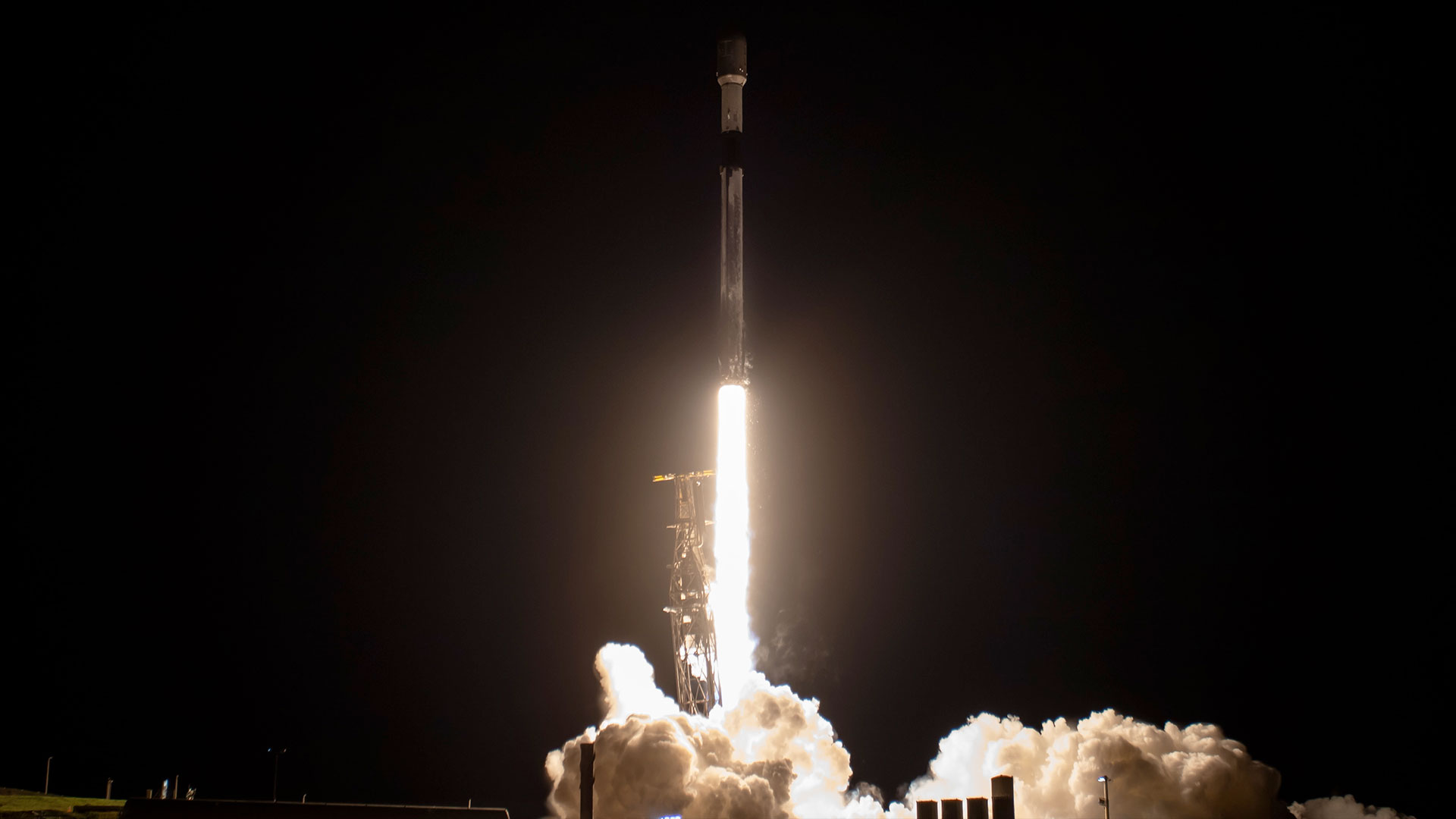NASA unveils 16 payloads that private lunar landers will take to the moon

WASHINGTON — The commercial spaceflight industry is thriving, and regulators won't get in the way. That's the message that speakers at the 23rd Annual Commercial Space Transportation Conference in Washington this week want to get out.
"The innovation, the technology, the leading edge, in many cases, is coming from the private sector," said Rep. Garret Graves, R-LA, of the U.S. House Transportation and Infrastructure Committee's Aviation Subcommittee. "As we move forward on establishing the right type of government structure, all of us are very aware and cognizant that we've got to be very careful about stymieing innovation."
NASA is certainly leaning into the push for commercial spaceflight. Just last week, the space agency unveiled 16 scientific experiments and technology demonstrations that will hitch a ride to the moon aboard landers built by two private companies: Astrobotic of Pittsburgh and Intuitive Machines LLC of Houston. The two landers are slated to launch in July 2021 on United Launch Alliance's Vulcan Centaur rocket and Space X's Falcon 9, respectively.
Related: Moon rush: Private lunar lander plans
Astrobotic's Peregrine lander will carry instruments to study several aspects of the moon's environment. This work will help prepare for the arrival of astronauts and the establishment of a sustainable human presence on and around Earth's nearest neighbor, one of the chief goals of NASA's Artemis program.
The different instruments will study the chemistry of materials in the lunar regolith, which future astronauts could harness and use; the radiation environment, which is perhaps the biggest obstacle to human survival and well-being on the moon; and the chemistry of the moon's thin atmosphere, or exosphere.
Intuitive Machines will fly experiments that will test autonomous orbital and surface navigation as well as communication experiments and a camera that will monitor the spacecraft's landing plume. The latter experiment is critical to planning for missions to Mars, where NASA wants to send astronauts in the 2030s.
Breaking space news, the latest updates on rocket launches, skywatching events and more!
Both private landers will carry instruments to aid navigation and help scientists on Earth locate the spacecraft after landing.
You can learn more about all 16 science experiments here.
The newly announced NASA payloads will fly under the agency's Commercial Lunar Payload Services (CLPS) program, which aims to help pave the way for Artemis and the landing of people near the moon's south pole in 2024. CLPS picked 14 private companies in 2018 to potentially fly NASA payloads to the lunar surface.
"The innovation of America's aerospace companies, wedded with our big goals in science and human exploration, are going to help us achieve amazing things on the moon and feed forward to Mars," NASA Administrator Jim Bridenstine said in November 2018, when the agency announced nine CLPS partner companies.
- Here's where commercial landers will land on the moon for NASA
- NASA: The International Space Station is open for business in orbit
- Moon rush: NASA wants commercial lunar delivery services to start this year
Follow us on Twitter @Spacedotcom or Facebook.


JoAnna Wendel is a freelance science writer living in Portland, Oregon. She mainly covers Earth and planetary science but also loves the ocean, invertebrates, lichen and moss. JoAnna's work has appeared in Eos, Smithsonian Magazine, Knowable Magazine, Popular Science and more. JoAnna is also a science cartoonist and has published comics with Gizmodo, NASA, Science News for Students and more. She graduated from the University of Oregon with a degree in general sciences because she couldn't decide on her favorite area of science. In her spare time, JoAnna likes to hike, read, paint, do crossword puzzles and hang out with her cat, Pancake.
